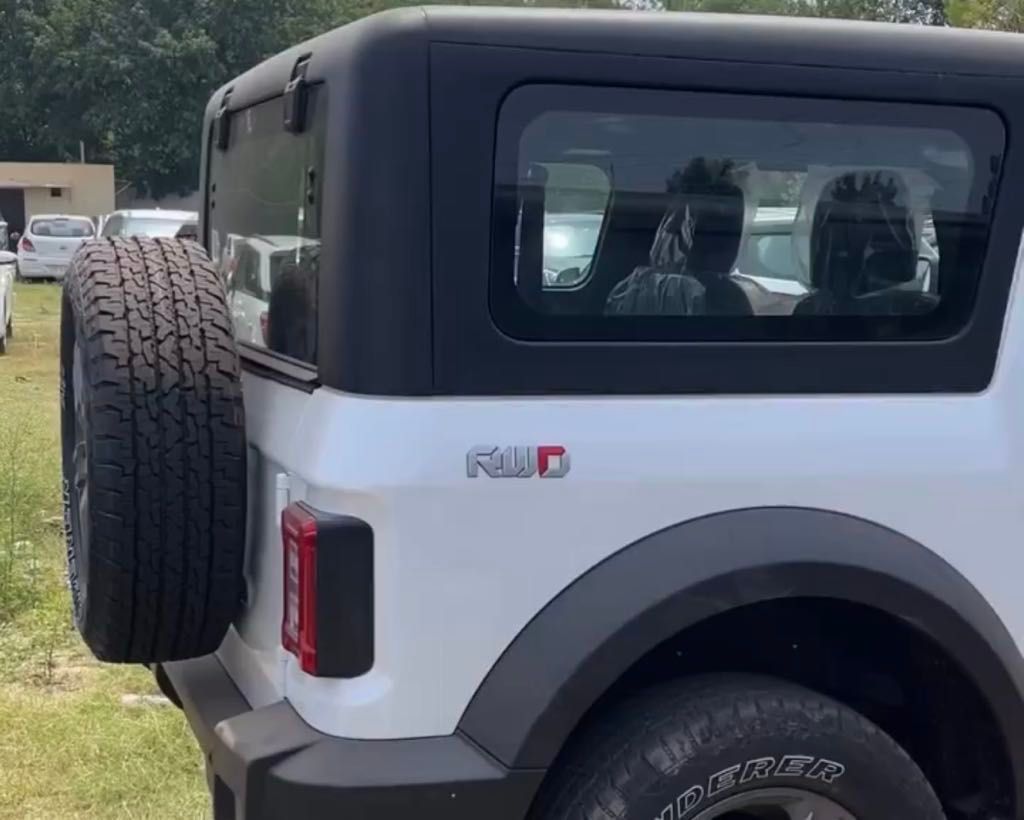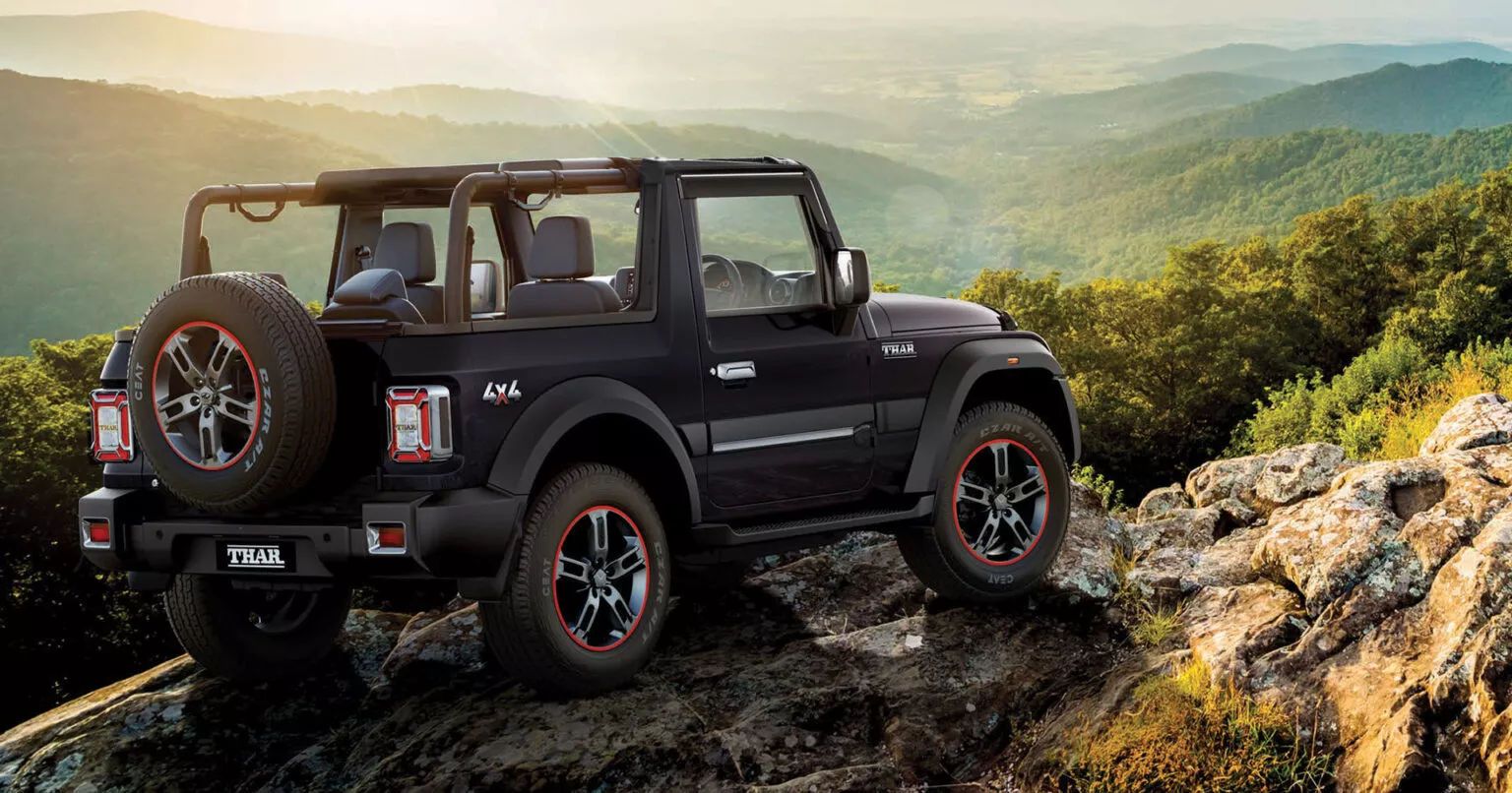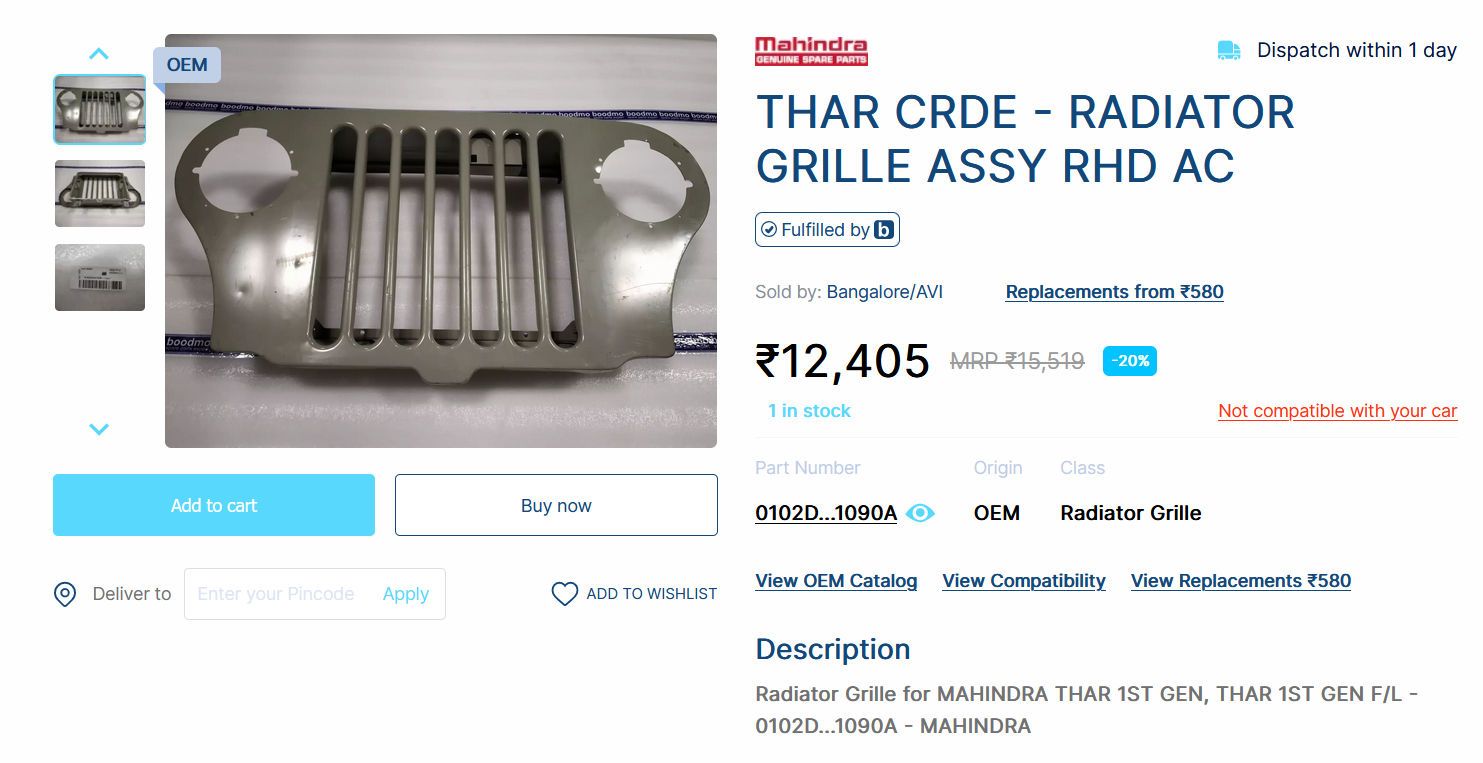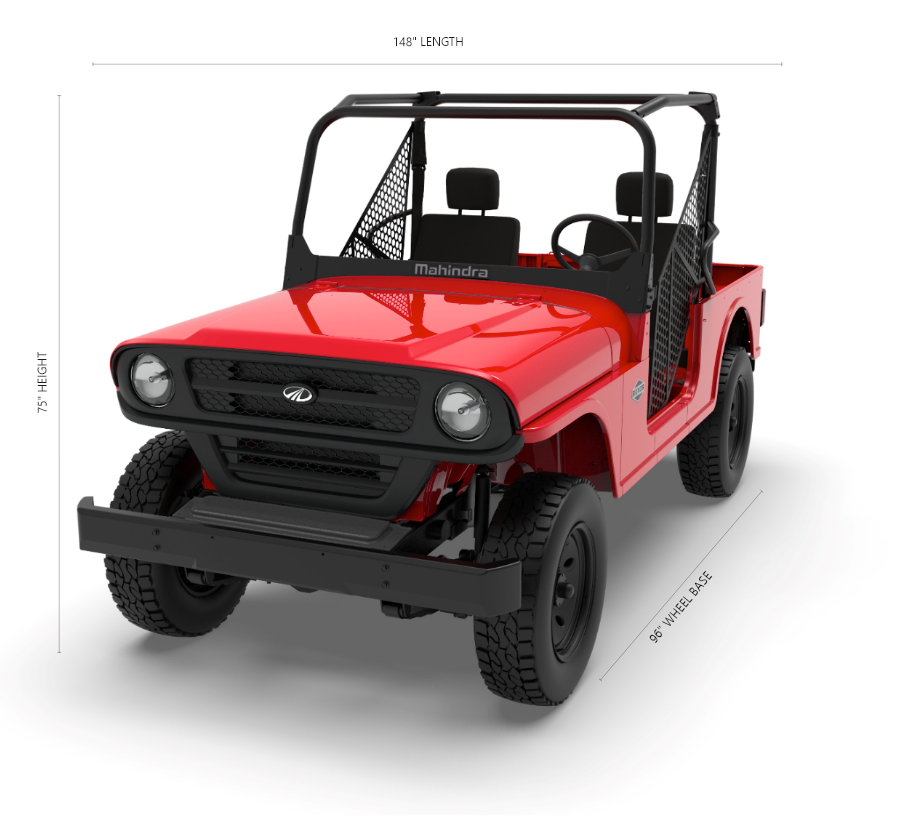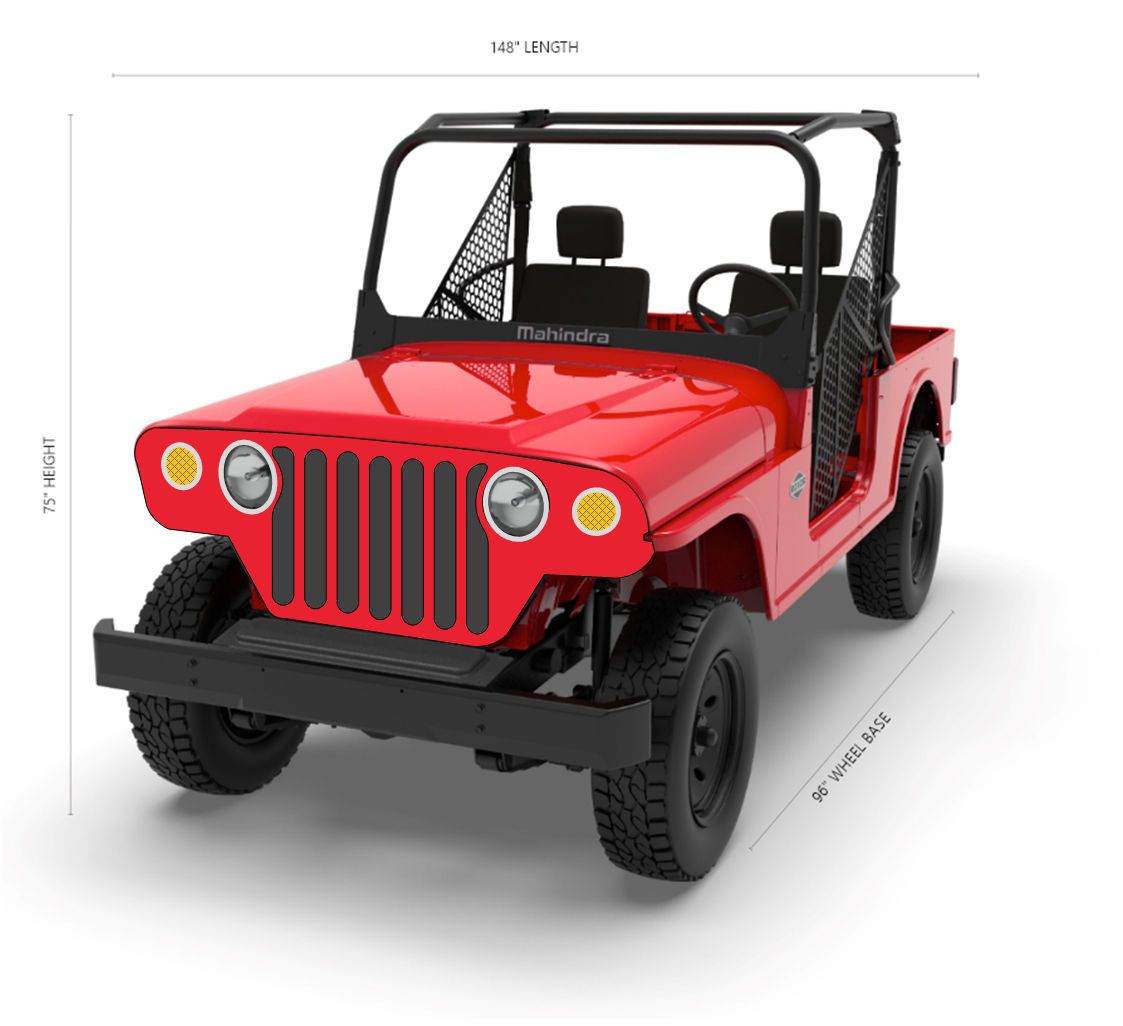Part two 
(article was too long to post based on Expo thread limitations)
6 The Roxor’s Wide Range of Optional Extras
The Mahindra Roxor is probably the most customizable UTV in the market. Given the wide range of optional accessories, customers can order a Roxor that suits their specific needs. Mahindra allows buyers to choose from several standard color options. Other optional extras include:
- Internal defroster.
- Rollbar grab-handles.
- Roxor-branded lids.
- Aluminum wheels.
- Under-body skid plates.
- A 40-inch light bar.
- Upgraded tires.
Perhaps the most insane Roxor extras are tank-like tracks: For about $20,000, Mahindra can fit tank-esque tracks on your Mahindra Roxor. The Polaris Ranger also has optional extras, but they aren’t as extensive (or as bonkers) as the accessories available with the Roxor. Granted,
some Roxor addons are freakishly expensive. Their cost notwithstanding, they offer you an opportunity to build a completely unique Mahindra UTV.
5 The Roxor’s Standard Manual Transmission
The Roxor’s diesel engine routes power to all wheels through a standard five-speed manual transmission. The transmission suits drivers using the Roxor as a trail-conquering UTV - it facilitates a more engaging driver experience. The Roxor’s three pedals and stick shift add a sporty, fun feel to the retro-styled UTV. A traditional manual like the one in the Roxor is rare among UTVs, setting the Roxor apart from its competitors.
Polaris Rangers use automatic transmissions, which are less engaging
than the manual in the Roxor. For drivers only looking to exploit the utilitarian aspects of the Roxor, Mahindra offers an optional six-speed transmission.
4 The Roxor Has a Longer Free Warranty
The Mahindra Roxer’s warranty is two times longer than the Polaris Ranger’s warranty. The Roxor’s two-year warranty is voided by racing or competitive vehicle use, aftermarket modifications, using the car for an unintended purpose, and tampering with the speed limiter. Further, the Roxor’s warranty ends once the vehicle’s odometer clicks past 12,000 miles, whether or not the two-year period has expired.
Mileage has no impact on the Polaris Ranger’s one-year warranty. You can drive as far as you want for one year without voiding the warranty. Polaris Ranger customers can
extend the vehicle’s warranty for a maximum of five years by purchasing the Polaris Protection Plan.
3 Mahindra’s Outstanding Reliability
The proof of Mahindra’s reliability is its popularity in India, where it easily handles the country’s rough terrain. Mahindras are popular in India’s villages, Tier-II, and Tier-III cities, which feature underdeveloped roads. Mahindras like the Bolero are reliable because they eschew high-end electronics, have tough bodies, and feature bulletproof engines.
Mahindra followed
the Bolero blueprint when designing the Roxor - it lacks complicated electronics, has a tough exterior, and has a reliable diesel engine. Considering Mahindra’s reliability track record, the Roxor should run for thousands of miles without complaint.
Additionally, the vehicle shares mechanical aspects with the Willys CJ, which was built tough to handle the demands of rural terrain. The Polaris Ranger can’t beat the simple and rugged Roxor in terms of reliability.
2 The Roxor’s Tough Steel Construction
The Roxor, with its extensive steel construction, is perhaps the toughest UTV in the market. Unlike other UTVs like the Polaris Ranger, which feature molded plastic exterior panels, the Roxor is made almost entirely of steel. It’s basically a metal box with seats, headlights, an engine, and wheels. The Roxor’s frame can handle extensive abuse,
making it the perfect UTV for off-roading and strenuous work.
An unwelcome consequence of the Roxor’s construction is weight - the base model weighs 2,990 pounds, and the all-weather model, with its windshield and extra body panels, weighs 3,330 pounds. In comparison, the heaviest Ranger weighs just shy of 2,000 pounds. The extra weight may affect maneuverability and speed, but that’s beside the point - the Roxor’s tough exterior facilitates the vehicle’s primary use as a workhorse.
1 The Mahindra Roxor’s Engine Delivers More Torque
The
Roxor’s 2.5-liter turbocharged diesel engine delivers an underwhelming 62 horsepower. The 1.0-liter engine in the XP 1000 Ranger produces 20 more horsepower than the Roxor engine. However, the Roxor’s engine dominates the torque metric, producing 144 pound-feet compared to the Ranger’s 62 pound-feet. It produces more torque than the Ranger XP Kinetic, the brand’s all-electric variant, which churns out 140 pound-feet.
The Roxor’s impressive torque facilitates towing and offroading - minimal throttle inputs deliver low-end torque to the tires allowing drivers to focus on the trail. Additionally, the engine’s delivery of low-end torque allows the driver to run the engine at low revs, reducing engine temperatures and slowing down wear.
About The Author
Moses Karomo is an enthusiastic automotive writer who can talk and write endlessly about EVs. He has extensive automotive reporting experience, writing about all manner of automotive topics. He keeps up with innovations and trends in the car industry to provide readers with up-to-date information about the ever-evolving automotive industry. When not writing, Moses is traveling or cooking.

